Pxtl
- 🌇 #HamOnt,🍁
- ✍https://Pxtl.ca
- 🦣 https://mastodon.social/@Pxtl
- 🐙🐱https://github.com/Pxtl
- formerly https://sh.itjust.works/u/Pxtl but it doesn’t.
- 16 Posts
- 246 Comments

I realize that it’s their land and their reserve and it’s vital to keep their culture alive, but if it were me? There is no justification, not financial, not cultural, not religious, that would keep me living in a place like that.

“on them” where “them” are the municipal and provincial police forces.

Yeah I love his videos but I hadn’t seen anything about the whole home issue of “omg this is way more power hosue-wide”.
The idea of smart switching sounds neat - that would basically mean “you can’t run your dryer and have hot water and charge your car at the same time”, right? But, like, in an automated way not just “it throws the breaker”.

Holy crap like 24000W of juice on tap. That is not screwing around. Awesome. A neat option but sounds like something for new builds not retrofitting an older home.

I’m aware but I haven’t heard people’s experiences with them. I ask because I’m shopping for water heating right now and debating the expense of getting 240 run to the water heater for a heat pump.
Electric tankless sounds impossible (yes, I know they exist, I just mean they don’t sound like something that should be able to), since the amount of BTUs required to run a gas tankless at peak is absolutely nuts – tankless gas water-heaters run on 3/4" pipe instead of the normal 1/2" since they need to have so much burst heat. That doesn’t sound possible for electric.

What do you do for water heating?

Bring back copper pipes.

I agree they’re a trade-off, but they’re a necessary middle-step in the process of getting off of carbon fuels while the battery industry develops enough to fully convert the rest of the auto industry.
I’d rather see every passenger-vehicle made after 2020 be a PHEV than a handful of guys driving around in Teslas and Lightnings with bloated batteries while 95% of new cars on the road are still gas-burners.

Want to save the electric car dream? Subsidies aren’t enough. Large EVs are far more expensive than conventional large vehicles, and road-tanks like the F150 represent a threat to the kind of small vehicles that we should be supporting. Subcompacts, e-bikes, and new things filling the space in-between (eg enclosed electric motorbike-class vehicles like the Arcimoto) are an important part of the post-fossil-fuel future, but they’re not safe to take on to a road full of gigantic motor bricks. I drive a Prius Prime and the darn thing’s roof is lower than the hood of some jacked-up pickups.
I’m not saying that pickups and similar vehicles should be illegal, but we need stronger disincentives for people buying such things. Like rate vehicles based on various objective criteria - bumper-compatibility, mass, front cross-section, front visibility, visual obstruction to other drivers, etc. and then classify the more dangerous ones as “high risk vehicles”, and give those ones stricter licensing requirements (like a class D) and stricter penalties for infractions. Need a pickup for your job? Then you’re a professional, and you can deal with professional vehicle licensing requirements.
I mean, if you need one to pull a boat? Well, you can afford some extra fees (or fines for infractions), and to go through a stricter licensing process.
Also, PHEVs are a seriously underrated option. I think we leapfrogged something important with this jump to full BEVs. I love my Prius Prime - I live in Hamilton, which is built as an old-fashioned streetcar-suburb, and daily commute rarely hits the gas-engine.

Here in Southern Ontario it’s basically British winter; rain and fog, and practically zero snow so far.

 24·11 months ago
24·11 months agoIs the cabal in the room with us right now?

 208·11 months ago
208·11 months agoWould email be better if you couldn’t send/receive emails from people with Gmail accounts?

 4421·11 months ago
4421·11 months ago“everyone who disagrees with me is a chud”

 3620·11 months ago
3620·11 months agoThis is like saying “my email provider should block all emails from Gmail”.
And they can hoover your data right now. Like, you think bots aren’t spidering the site already? It’s a public website.

They seem determined to destroy one of the top 3 most prestigious universities in Canada.

I love STV but imho it just doesn’t work for Canada. We have too many massive wilderness ridings. If you had a heavily-urbanized province like if Southern Ontario was its own province, I’d say it would be the perfect system for that area.
Here’s why: The northern areas of every province are extremely low-population and are enormous. For example, if BC had 5-seat-riding STV federally, the entire province north of Kamloops would be one massive riding. It’s possible all their MPs would be from the populated end of the riding, so that people in the ass-end of the riding live over 1000km from their “representative”. Ontario would look similar - Northern Ontario is probably the most sparsely-populated area outside of the Territories. That’s not an acceptable outcome – being 1000km from your MP means you are not represented.
Contrast this vs Mixed Member Proportional, where local ridings still exist - under MMP, 2/3 of the seats are normal-ass ridings that work exactly like we do today. Then we group them together in “regions” and back-fill the most popular party-members within that region to make it proportional. A lot of people get upset about non-local representatives, or “unelected party staffer MPs” in MMP, but it doesn’t have to be that way.
The plan that was floated for BC is actually really awesome – imho it should be applied Canada-wide. It’s basically a vanilla MMP plan but there are details that do great work to mitigate the main complaints about MMP:
-
Take the map of Canada and carve it up into regions of 14 ridings (obviously for provinces with less than 14 ridings, just take the whole province). These are our “regions”. So, for example:
- Saskatchewan is one “region”
- Peel Region (Mississauga + Brampton + nearby towns & exurbs) is one “region”.
- Niagara Peninsula (including Hamilton) is one “region”.
- A big city like Montreal would probably be 3 different electoral “regions”.
-
Within each Region we have 9 ridings (or 2/3 of the total number of Seats if the Region is smaller than 14 seats). Those are normal-ass elections. So Calgary Centre still has its own MP, and so do more remote areas like Gaspésie—Les Îles-de-la-Madeleine. These ridings are only about 50% larger then our current ridings.
-
The other 5 Seats within the Region are backfill seats, that are used to fill up the Region until the proportion of party-members roughly matches their % of the vote within the Region. So even though the back-fill people don’t represent a riding, they’re still somewhat local. Flin Flon’s non-riding members are still from Manitoba. People in Markham will still have a local MP, but also will have regional MPs from the rest of York. So locality is still good for the regional representatives, and we have a proper local riding MP, we’re not losing that guarantee of locality.
-
Avoid the “nobody elected this asshole” problem with open-lists. The ballot is simple, it has 2 sections:
- A section to pick your local MP, which is exactly as it is today. Pick 1 person here.
- A section to vote for your regional MP, grouped by party, which has multiple options per-party. Pick 1 person here. As a side-effect the person you select here is also your party PR vote.
-
So, we figure out how many seats to back-fill by % of votes per-party (on the regional section) - so if there are 14 seats in a Region, and one party gets half of the regional MP votes, got 5 local seats? They’ll get 2 Regional seats. And which of their Regional candidates get those 2 seats? The 2 that got the most votes.
So it’s not like they’re unelected. They still have to be the most popular people within their party and within the region.
So let’s think a concrete example - imagine Southeastern Quebec region, which includes Quebec City. Generally not a very Red area except for the city itself. The Liberals continue to run Steven Guilbeault in Quebec City itself as a local MP, but to drum up interest they also run Stephane Dion and Joël Lightbound as regional candidates in the Quebec City regional area, including a massive amount of rural and suburban area they expect to get a little support from but generally lose. To pad out the rest of the list, they also run Ricky the Pigfucker as a regional candidate. Now, this is an open list - if the Liberal voters outside of Quebec City really hate Dion, they can still vote for Ricky. And so instead of the expected three MPs for the Quebec region being Guilbuealt (elected directly by Quebec City), Dion, and Lightbound, it’s an upset and they get Guilbeault, Dion, and Ricky the Pigfucker.
And Independants “I don’t want to run as a party” types? They can still run as a local riding MP. They’re not frozen out like most people think of about in “Proportional systems” that are very “party-oriented”.
It’s not a perfect system. It’s very party-oriented in the way that STV isn’t. It’s weirdly complicated. But it works. It’s used IRL in real first-world countries like Germany and New Zealand and Scotland. There’s lots of fiddly knobs to argue about like whether it’s okay to add more top-up MPs beyond the fixed size to preserve proportionality (true-MMP vs AMS - personally I’m on the fixed-size side AKA AMS) But with Canada’s geographic considerations, I strongly think it’s our best option.
-

Right? Seems like there are ways they could make that less one sided. “Unnamed Canadian man killed in Cancun; Mexican authorities say he had a record of gang activity”. And the preview contradicts the headline – was he killed at the resort or at a mall?

I have trouble believing that petition matters since it reads like business as usual for the CPC. The only thing that stands out is that it doesn’t specifically call out the carbon tax.

I was thinking it’s not too late but the Bloc would never support a system with PR outcomes since it’s the FPTP system that gives regional-intense groups like them outsized power.
A shame. I still insist that a regional-based open-list MMP would be the ideal fit for Canada.



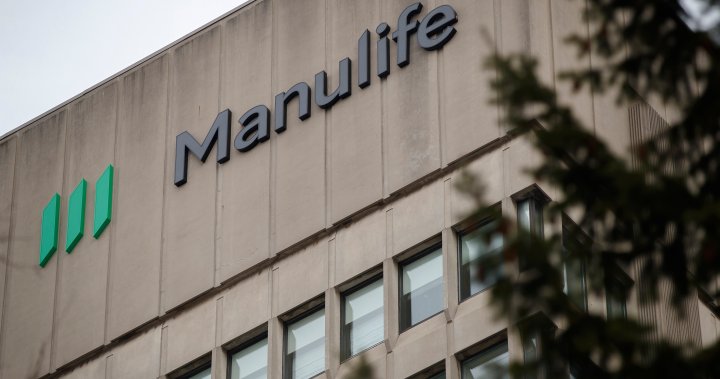
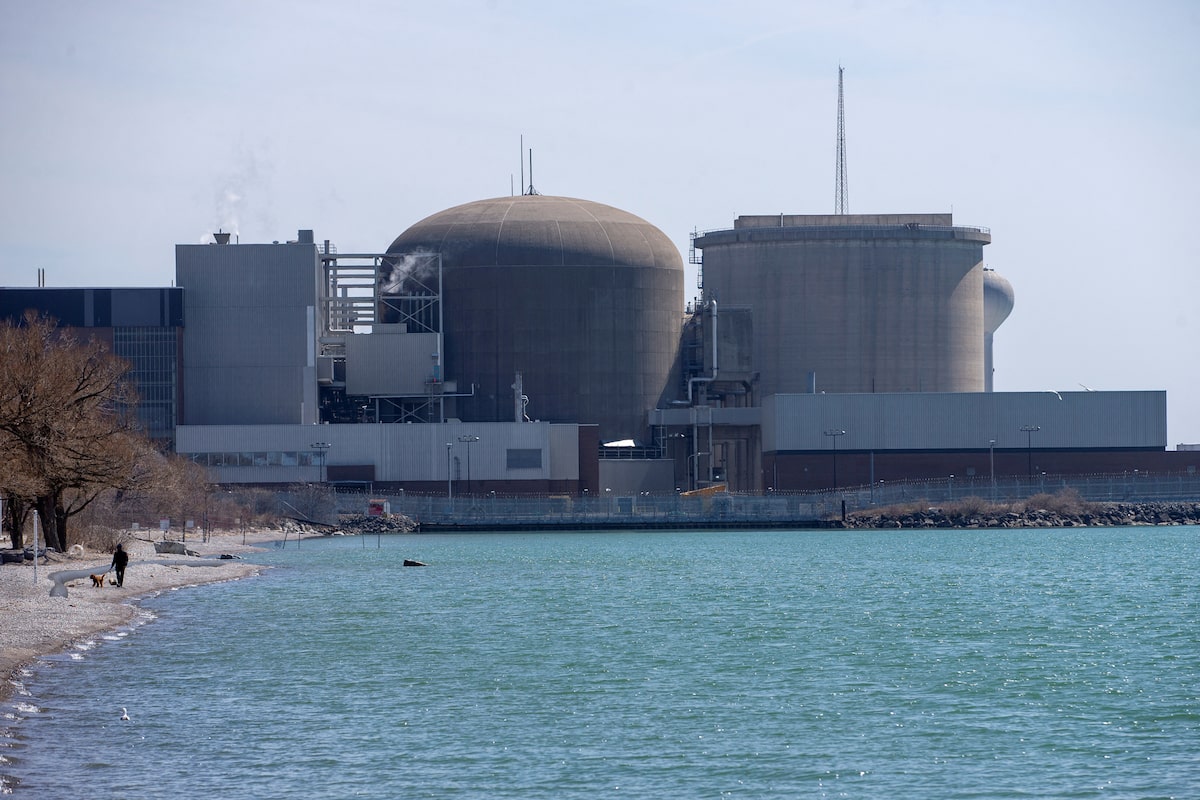


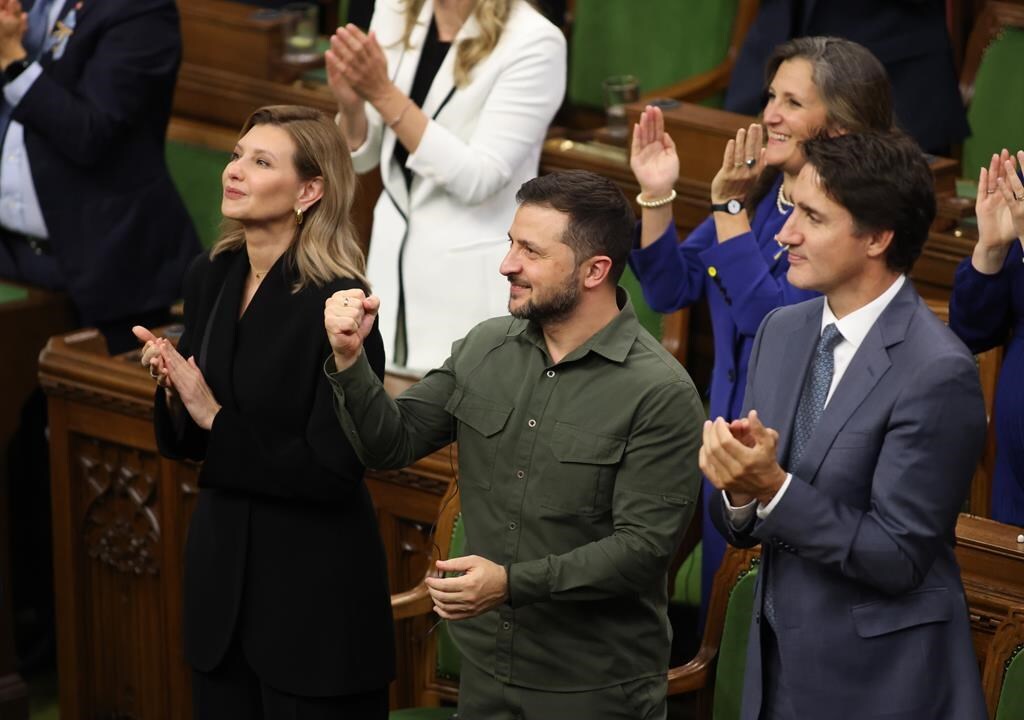
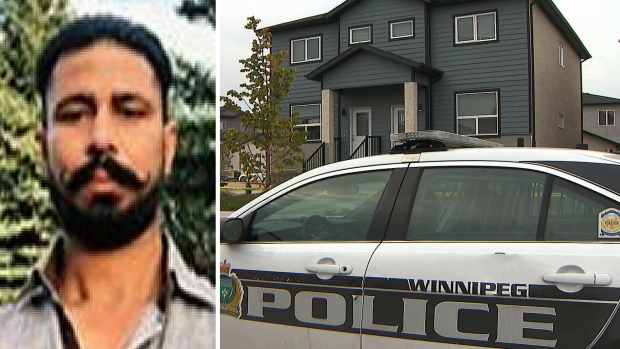

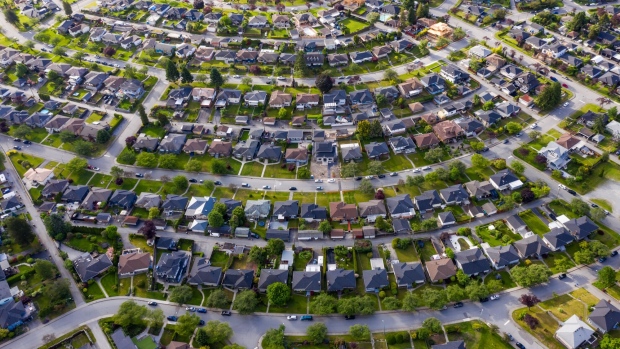
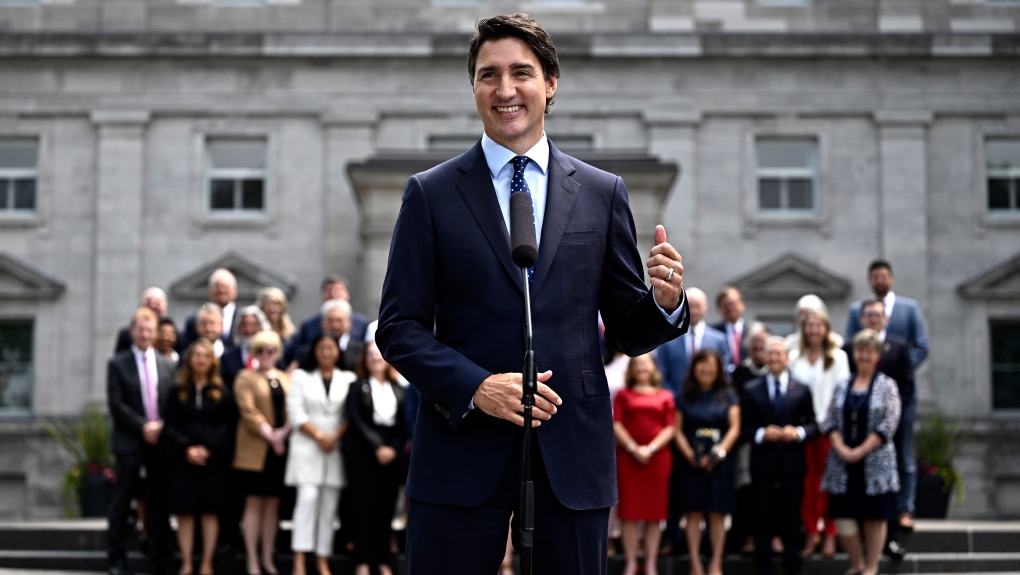
To be fair, Canada doesn’t build much solar. Most of our modern green energy is wind.